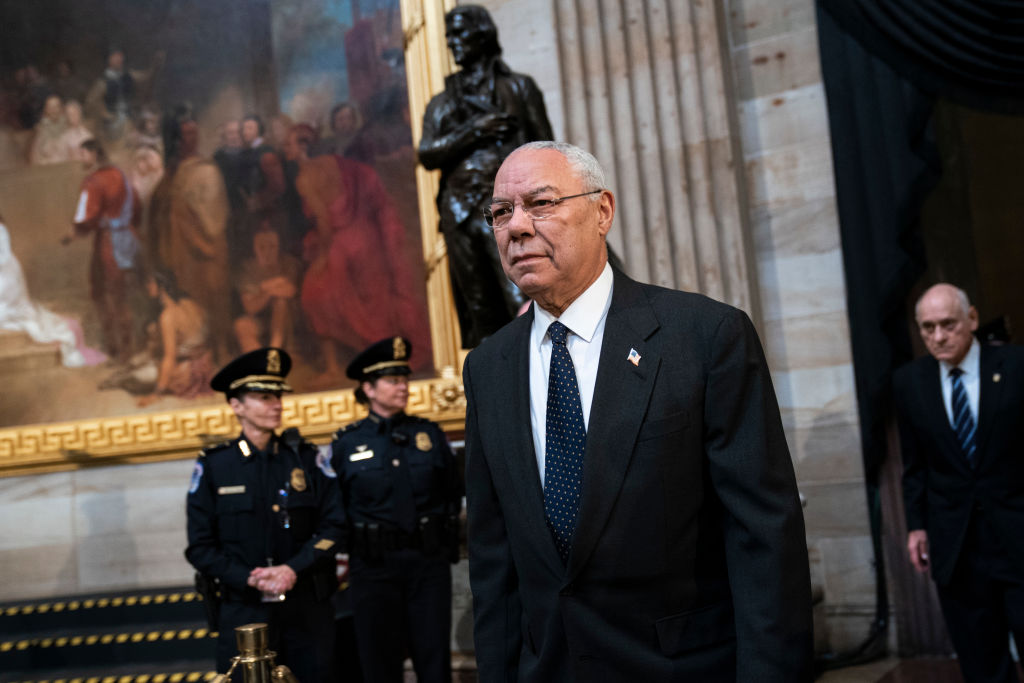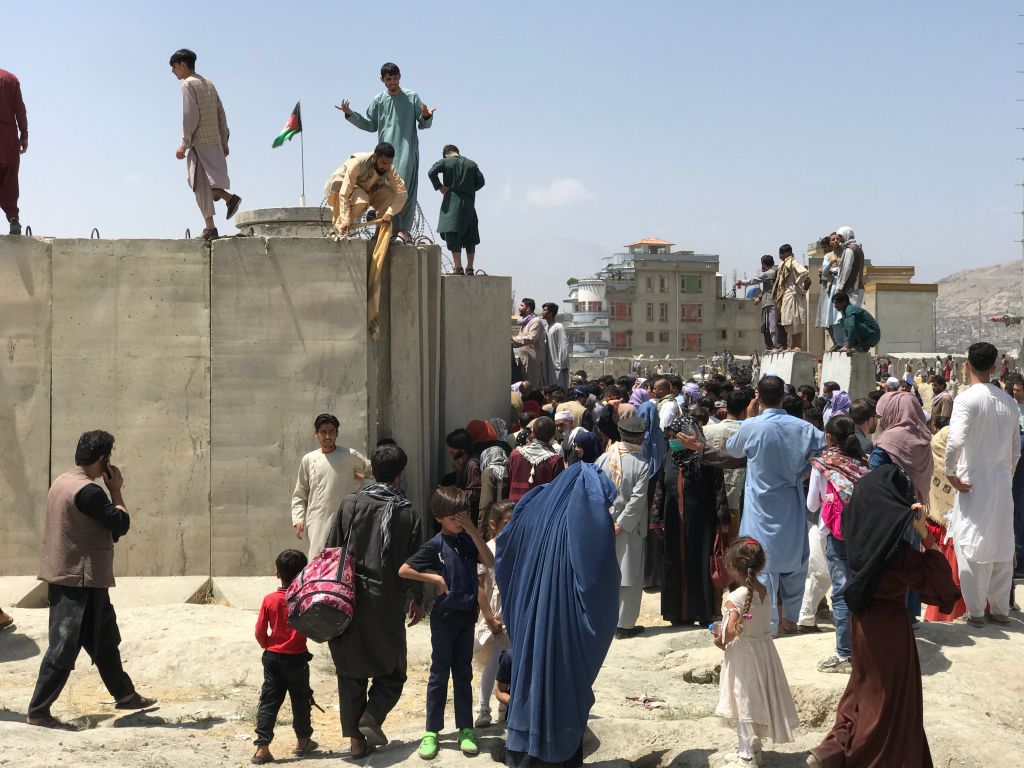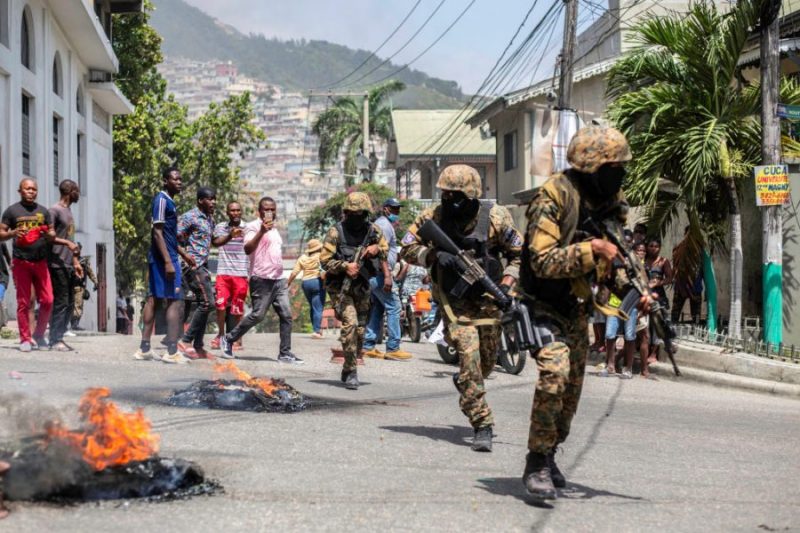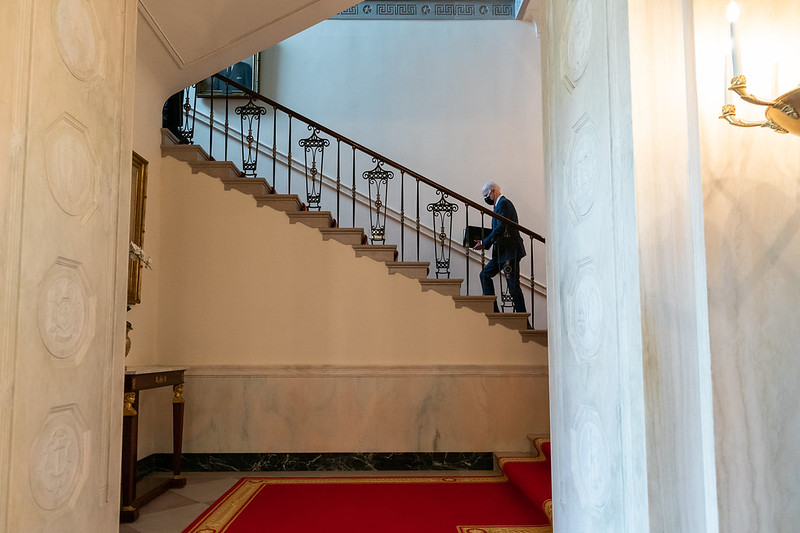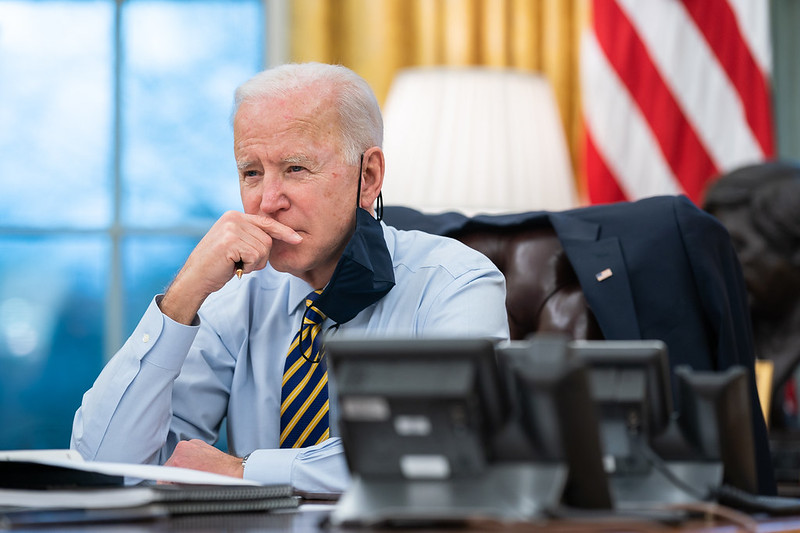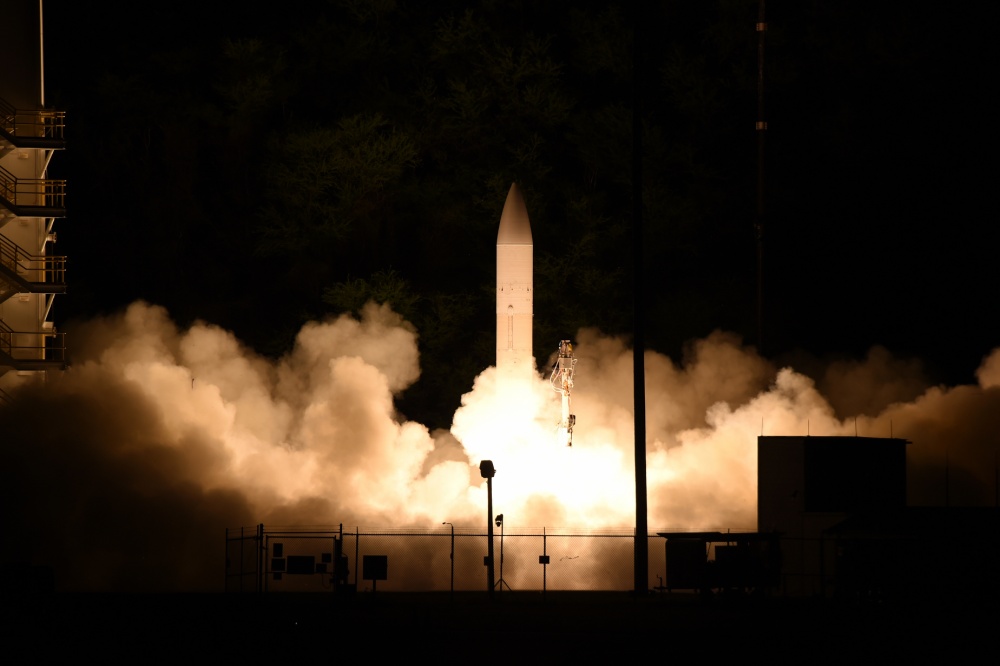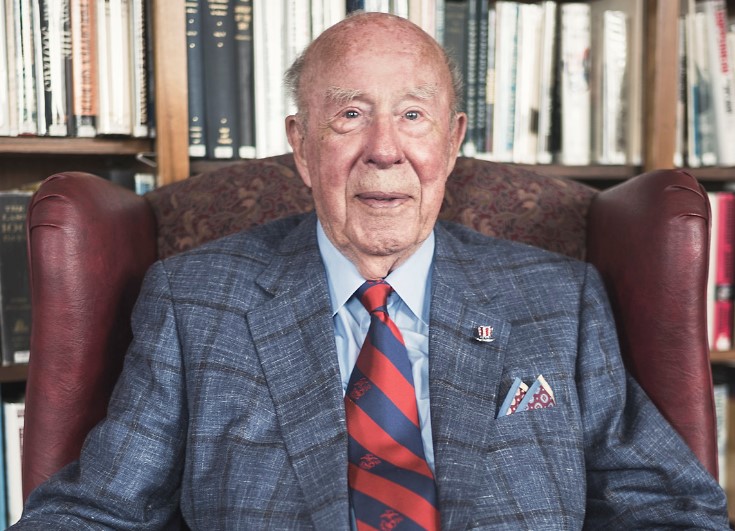Fighting assumptions: how are we bookending the global war on terror?
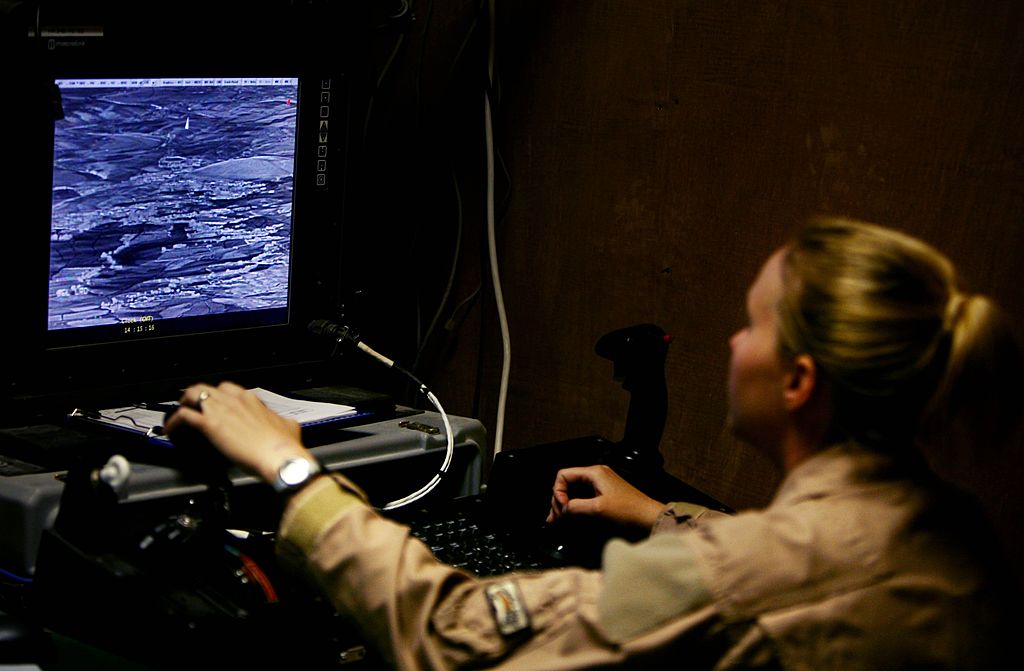
‘There is a lot more at stake than you see in this image.’
— Helen Mirren as Colonel Katherine Powell in Eye in the Sky
The Pentagon investigation into the drone strike that killed 10 civilians, including seven children, from one family near Hamid Karzai International Airport in Kabul on 30 August was released earlier this month. The finding that the strike was an ‘honest mistake’ and ‘not a violation of law, including the law of war’ is a dismaying reminder that the most pressing lessons of the global war on terror are not the oft-cited strategic miscalculations and intelligence failures, but the moral ones.
While the report of the investigation is classified, the US Air Force inspector general tasked with investigating the strike, Lieutenant General Sami Said, provided a detailed explanation of the findings and his recommendations in a press briefing. The transcript reveals a damning picture of the reasoning that guided pre-strike assessments and justifications in its aftermath. How we deal with this legacy, especially the assumptions that drove it, impacts how we go forward in fighting terrorism. And here, images—what we allow ourselves to see—play an important part.
The strike’s target turned out to have no links to Islamic State Khorasan (IS-K). Zemerai Ahmadi was a long-time aid worker for a US organisation. He and two other adult family members were killed along with several children who had rushed out to greet him as he returned home.
US Central Command had ordered the strike based on ‘intelligence that the man was planning an imminent attack on the airport’ where US forces were rushing to conclude the evacuation after 13 US service members and 169 Afghan civilians were killed by an IS-K suicide bombing days earlier. In a press conference some days after the strike, amid reports of dead children, the chairman of the Joint Chiefs of Staff, General Mark Milley, called it a ‘righteous, self-defense strike’, in line with established procedures. He noted that at least one of the dead was an IS-K ‘facilitator’. He and the head of US Central Command, General Kenneth McKenzie, later apologised, saying the intelligence at the time had left them confident that the strike would avert another attack.
As Said detailed, the intelligence turned out to have been misinterpreted under perceptions of an imminent threat, due to lack of nuance and context within the strike cell. The two critical pieces of ‘intelligence’ were Ahmadi’s white Toyota Corolla, a popular vehicle in Kabul, which was tracked in the mistaken belief that it was one spotted at a location associated with IS-K. The second was his exchange of a computer bag with a colleague, which was seen as indicative because the explosives used in the previous attack were believed to have been hidden in a computer bag. Approval of the self-defence strike then came after ‘the vehicle got within three kilometers [of the airport] and was perceived to contain explosives, and thus, an imminent threat to US forces’.
Despite the apologies, the official narrative focuses on procedural flaws, with little to no acknowledgement of moral responsibility. Cited are ‘execution errors … combined with confirmation bias and communication breakdowns’, with the ‘need to enhance situational awareness’ as a key recommendation.
Following the ‘self-defense’ classification, the rules of engagement under which the strike was carried out didn’t require the strike cell to consult up the chain of command; in rapidly evolving, ‘highly dynamic situations’, field commanders are authorised to make decisions based on events on the ground. This means the interpretation of intelligence wasn’t subject to outside scrutiny, which, according to Said, explains why the pre-strike assessment procedures for determining the risk to civilians failed to detect the presence of children. An urgent CIA warning reportedly issued shortly before the strike indicated the likelihood of civilians being in the area and even the possibility that children were inside the vehicle.
Said did confirm that review of the video footage showed at least one child two minutes before the strike was launched, but he argued that the reviewers were ‘predisposed to looking for kids … You have to be like no kidding looking for it, but when you’re looking for it, certainly after the fact … there was evidence of a presence’. The inferences of his explanation—that the pre-strike assessment isn’t predisposed to look for children—are as nonsensical as they are painful, revealing a moral vacuum behind the way decisions were made and justified.
Pointing to the mental shortcuts of the strike cell in a fog-of-war context, with reference to the limits of human cognitive capacity, neglects the role of the interpretive frames or mental models through which we filter and make sense of information. The concept of confirmation bias is defined as a deliberate search for data compatible with the beliefs one already holds. We tend to prioritise what our mental models suggest is likely to be true, as opposed to actively trying to refute assumptions; missing information gets filled in based on associations that easily come to mind. And the motivational drivers behind decision-making go beyond mere cognitive mechanisms; they have as much to do with beliefs, assumptions and worldviews. This way, we see problems through narrow frames.
It has been observed that ‘in the scope and consequences of its policy-shaping impact, the War on Terror may be the most important frame in recent memory’. The moral logic behind it, set in motion by an act defined as war, enshrined an order justified by restorative violence. President Biden’s remarks on the end of the war in Afghanistan are clear:
To those who wish America harm, to those that engage in terrorism against us and our allies, know this: The United States will never rest. We will not forgive. We will not forget. We will hunt you down to the ends of the Earth, and … you will pay the ultimate price.
The findings of the Pentagon report reflect this logic: self-defence, however loosely defined, still provides the moral legitimation to set flexible standards for designating and killing ‘enemies’. The war on terror seems bookended by the exact same assumptions it began with.
Our road out of the post-9/11 era, with its ethical and political dilemmas, runs alongside many other roads—in places like Afghanistan, Syria and Iraq, or across Africa and Asia—with death tolls that would tell of intense suffering, if much of it wasn’t actually untold, explained away, or worse even, not counted.
If we believe that frames determine what we see, the questions we ask, the answers we’re satisfied with, then we had better make sure our window on the world is big enough. Ahmadi’s family recounts how he pulled up to the house in his car and honked. His 11-year-old son ran out, and Ahmadi let the boy get in and drive the car into the driveway while the other kids ran out to watch. That’s when the missile hit the car, killing Ahmadi, seven children, an adult son and a nephew of Ahmadi.
‘That was my last memory, the sound of his horn,’ said Ahmadi’s brother Romal, who was inside the house. His three children, aged two to seven, were killed. Zemerai and Romal Ahmadi, another brother and the nephew who was killed had applied for special visas to the US, fearing reprisals from the Taliban since some family members had also worked for the US military.
Former US defence secretary James Schlesinger wrote in a 1992 article titled ‘Quest for a post-Cold War foreign policy’ that, ‘without goalposts, our policies will be determined by impulse and image’. Let’s make sure we fight our assumptions so that our window is big enough to allow us to see the full image, to count what matters and—most of all—those who matter, and to ensure that these insights are reflected in our policies.


